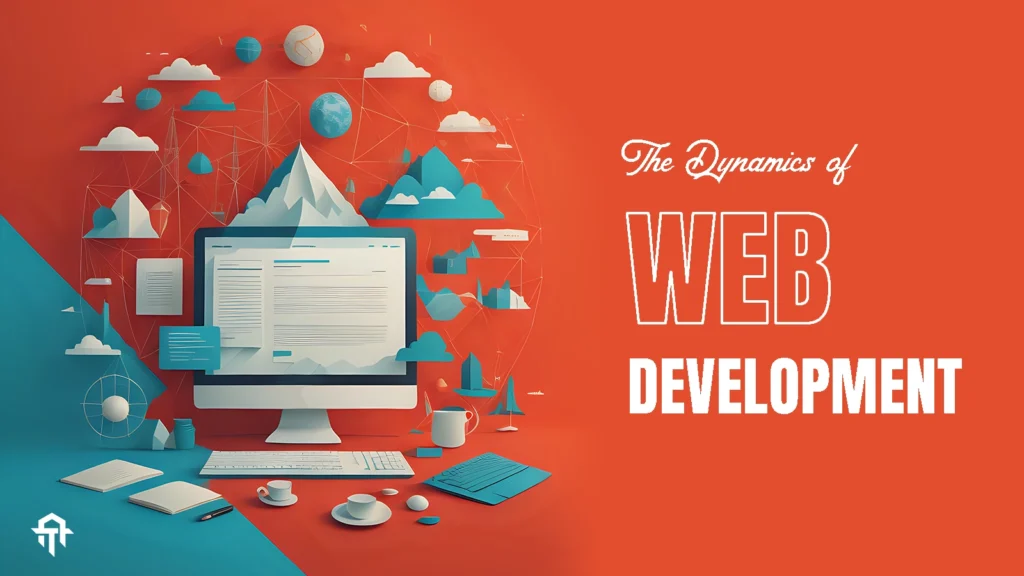
The Dynamics of Web Development: From Code to Digital Experience
In the fast-paced and ever-evolving landscape of technology, web development stands as the backbone of the digital realm. It is the art and science of crafting interactive, user-centric websites and web applications that have become integral to our daily lives. This article delves into the intricacies of web development, exploring its key components, trends, and the transformative impact it has on the digital experience.
Understanding Web Development
Web development is a multifaceted discipline that involves creating, designing, and maintaining websites or web applications. It encompasses a broad range of skills, including coding, design, and server management, all with the ultimate goal of delivering a seamless and engaging user experience on the internet.
Key Components of Web Development
- Front-End Development:
Front-end development, also known as client-side development, focuses on creating the visual and interactive elements of a website that users see and interact with. It involves coding languages such as HTML, CSS, and JavaScript. Front-end developers work on user interface design, ensuring a responsive and visually appealing experience across different devices. - Back-End Development:
Back-end development, or server-side development, deals with the server-side logic and database management that power the functionality of a website or web application. Common back-end languages include PHP, Python, Ruby, and Node.js. Back-end developers work on server configurations, database management, and application logic to ensure seamless interactions between the user interface and the server. - Database Management:
Databases store and retrieve data, playing a crucial role in web development. Developers use database management systems like MySQL, MongoDB, or PostgreSQL to organize, manage, and query data effectively. The choice of the database system depends on the specific requirements of the project. - Full-Stack Development:
Full-stack developers possess expertise in both front-end and back-end development. They are capable of handling the entire development process, from designing user interfaces to managing databases and server-side logic. Full-stack development provides a holistic approach, allowing developers to work on diverse aspects of a project.
Web Development Trends
- Responsive Web Design:
With the increasing use of mobile devices, responsive web design has become a standard practice. Ensuring that websites adapt seamlessly to different screen sizes enhances user experience and improves accessibility. - Progressive Web Apps (PWAs):
PWAs combine the best of web and mobile applications, providing users with a fast, app-like experience. They offer offline functionality, push notifications, and improved performance, contributing to a more engaging user experience. - Serverless Architecture:
Serverless architecture allows developers to focus on writing code without the need to manage servers. This approach, facilitated by cloud platforms, simplifies deployment, reduces infrastructure costs, and enhances scalability. - JavaScript Frameworks:
JavaScript frameworks and libraries like React, Angular, and Vue.js have gained prominence for building dynamic and interactive user interfaces. Single-page applications (SPAs) powered by these frameworks offer a smooth and seamless user experience. - API-First Development:
API-first development involves designing the application programming interface (API) before building the front-end or back-end. This approach enhances collaboration between development teams and facilitates scalability and flexibility in the application’s architecture.
Challenges and Future Directions
While web development continues to evolve and innovate, it also faces challenges. Ensuring security, optimizing performance, and keeping up with rapidly changing technologies are ongoing concerns. The future of web development holds promises of increased automation, artificial intelligence integration, and continued emphasis on creating more inclusive and accessible digital experiences.
Conclusion: Shaping the Digital Landscape
Web development serves as the cornerstone of the digital age, shaping the way we interact, access information, and conduct business online. The collaborative efforts of front-end and back-end developers, combined with advancements in technology and design, contribute to the creation of immersive and user-centric digital experiences. As the digital landscape continues to expand, web development remains at the forefront, driving innovation and redefining the possibilities of the online world.

